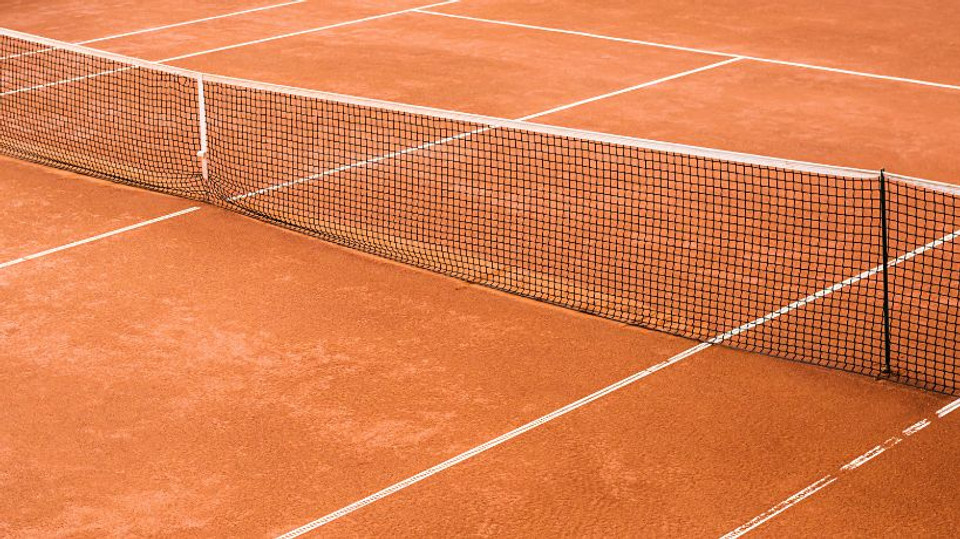Tennis courts can come with many different types of surfaces. Each option offers a unique playing experience, making tennis a sport with a lot of variation. Among court materials, clay holds a special place in the hearts of many players. Continue reading to learn more about the world of clay-court tennis. We will explore the advantages and disadvantages of clay tennis courts and the best climate for the beloved surface.
Advantages of Clay Tennis Courts
Clay courts reduce the speed of the ball and produce a high bounce. This slower pace allows players more time to reach the ball, making for longer, more strategic rallies. This is a blessing for players who thrive on baseline play and those who have mastered the art of spin. Additionally, clay surfaces are gentler on the body. The softer material lessens the impact on players’ joints, reducing the risk of common tennis injuries.
Disadvantages of Clay Tennis Courts
Despite their benefits, clay courts are not without drawbacks. Maintenance is a significant factor; these courts require regular watering, rolling, and sweeping to remain in top condition. They are also more susceptible to weather conditions. Too much rain can render them unplayable, while too little can make the surface hard and uneven. Furthermore, clay courts can be quite messy, leaving your equipment and clothing covered in red (or green) dust.
Clay Tennis: Best Courts for Warm, Humid Climates
Now, let’s address the heart of the matter: what is the best climate for clay tennis courts? The answer is warm, humid conditions. Clay courts thrive in these environments, as the moisture helps keep the court’s surface cohesive and soft.
This type of climate helps the clay stay pliable and reduces dust, providing the ideal playing conditions for clay court enthusiasts. Humidity also helps maintain the moisture level of the court, lessening the need for excessive watering.
In regions where these conditions are prevalent, players often find that their skills on clay courts improve significantly. The natural give of the surface in these climates helps people improve their sliding and footwork. Moreover, the warm weather contributes to a more enjoyable and comfortable playing experience, especially during cooler parts of the day.
Find the Right Clay Court Setup for Your Home
When setting up a clay court in warm, humid climates, having the right tennis court supplies is essential. Quality clay, proper drainage systems, and the right maintenance equipment are crucial for creating and upholding a top-notch clay court. Additionally, regular upkeep will help keep the court in prime condition, offering the best possible experience for players. Look to All Star Tennis Supply for the best clay court supplies and maintenance equipment on the market. Visit our website to find premium quality tennis products at an affordable price.

